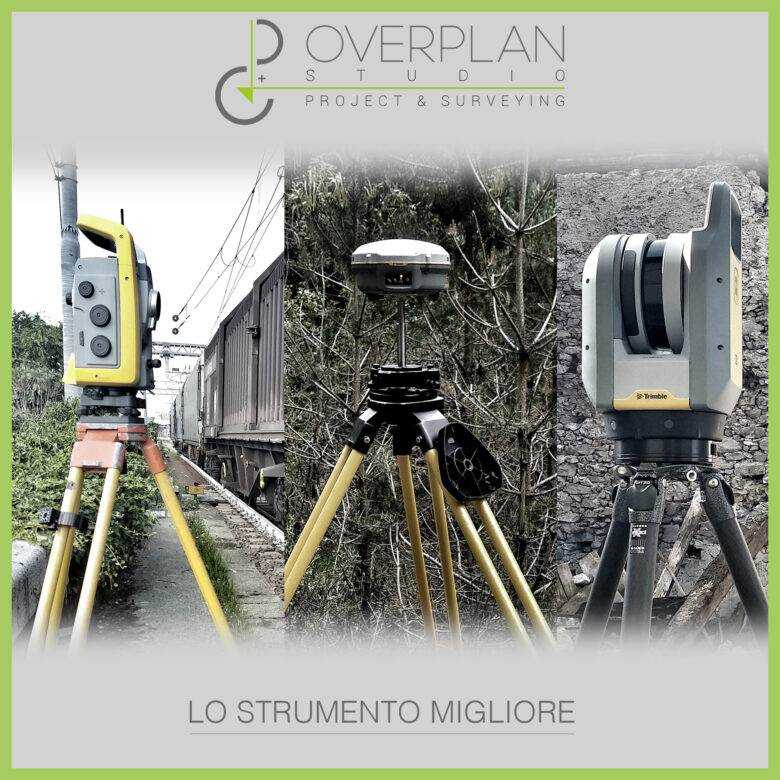How to choose the best tools for laser scanner surveying?
We know it well by now, each relief is different from the other. For this reason it is unthinkable to have only one type of laser scanner surveying tools and it is necessary to equip oneself with different instruments based on the type of survey to be carried out.
Let's see what they are types of instrumentation and what are the characteristics to take into consideration when making your choice.
Types of 3D laser scanner tools
Before specifying the characteristics on which to base the choice of instrumentation for the laser scanner surveys, let's see what they are main types of existing instruments.
1. Mobile or terrestrial
THE 3D laser scanner they can be either mobile That terrestriThe first ones are easier to use, faster and more flexible, ideal for making quick scans where excessive precision is not necessary.
Use the Earth models requires instead more experience and more acquisition time, but from the scans you get more precise data, high-resolution images and more detailed point clouds.
2. Camera scanner or Panorama scanner
THE Camera scanner They are 3D laser scanners ideal for carrying out surveys of remotely located surfaces, while the models of Laser Scanner Panorama They are ideal for detailed and precise scans, for example of interiors or complex and detailed architectural structures.
3. With internal or external digital camera
The internal digital cameras often have a low resolution, for this reason they are generally preferred scanner with externally mounted camera and integrated into the acquisition software.
Features to consider in laser scanner surveying tools
1. Type of measurement and maximum measurement distance
These are the two fundamental elements in the choice of instruments for laser scanner surveying. The measurement types are divided into:
- Optical triangulation, to scan small objects with high resolution and up to 25 meters away;
- Phase difference, to scan larger objects at a distance of 2 up to 80 meters;
- Flight time, to scan very large objects positioned from 2 meters away up to 6 km.
It is important to remember that the more the instrument reaches a range wide, or a greater distance, the lower the resolution of the acquisition will be.
2. Acquisition speed
There speed It is an important feature of a tool for the laser scanner survey, because it allows you to reduce scanning time and costs. This can range from a few seconds to a few minutes and depends on several factors, including:
- Measurement type and distance of the object;
- Speed of systems instrument mechanics;
- Angular step and field of view of acquisition.
3. Precision and accuracy
There precision is a typical characteristic of an instrument. It is its ability, under the same stresses and measurement conditions, to provide the same response several times. Theaccuracy Instead it concerns the measurement and is the difference between the real value and the measured value.
It is not always necessary to have a precise and millimetre-accurate tool. In the case of environmental surveys, for example, great accuracy is not necessary, while it is essential in the survey of internal areas of a building.
4. Integrated software type
In addition to the features mentioned, it is important to ensure that the tools have quality acquisition software, equipped with all the features needed to carry out a precise and accurate survey, including ease of use, presence of automations and scan preview.
5. Weight and resistance
Last but not least, it is essential to take into account the weightor of the instruments and their resistance to impacts, because they very often have to be transported manually and moved, especially when surveying problem areas.


Leave a Comment